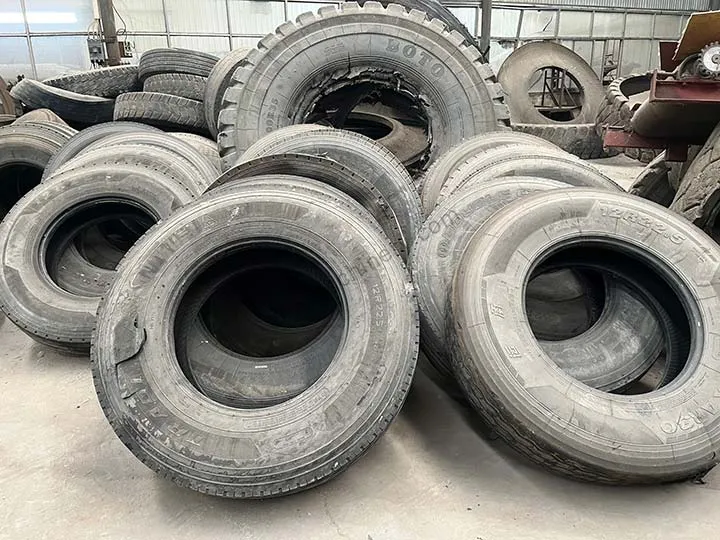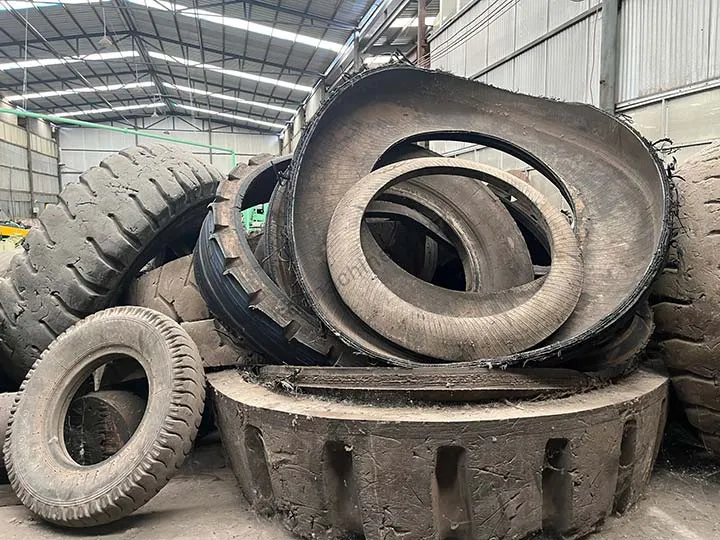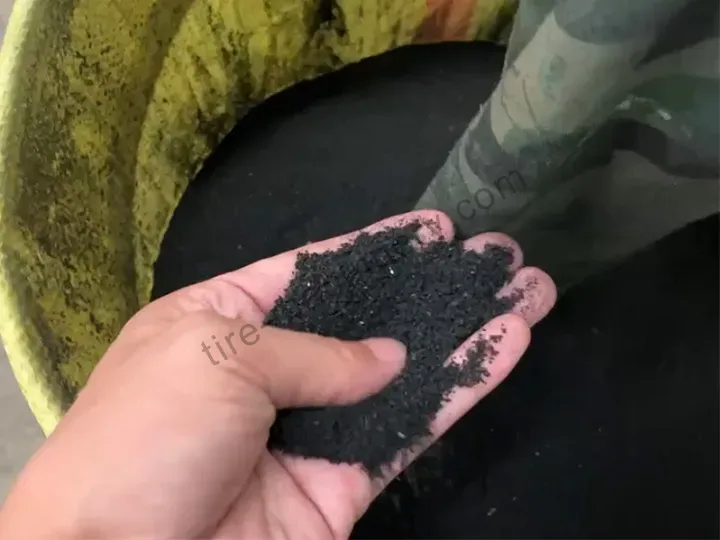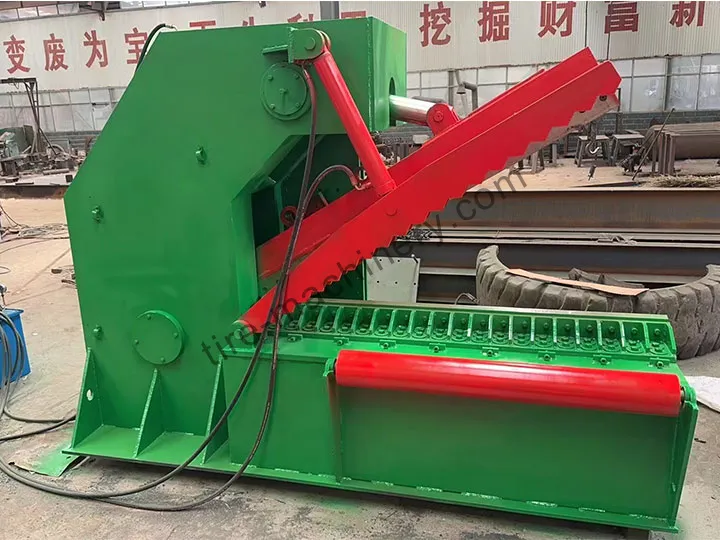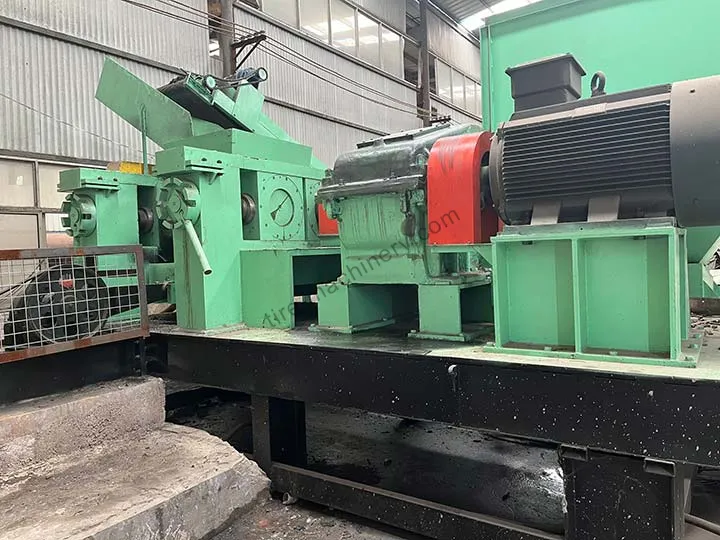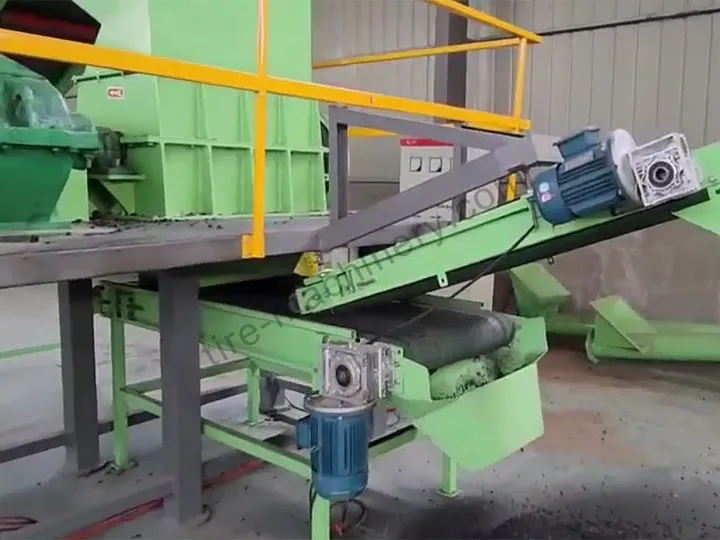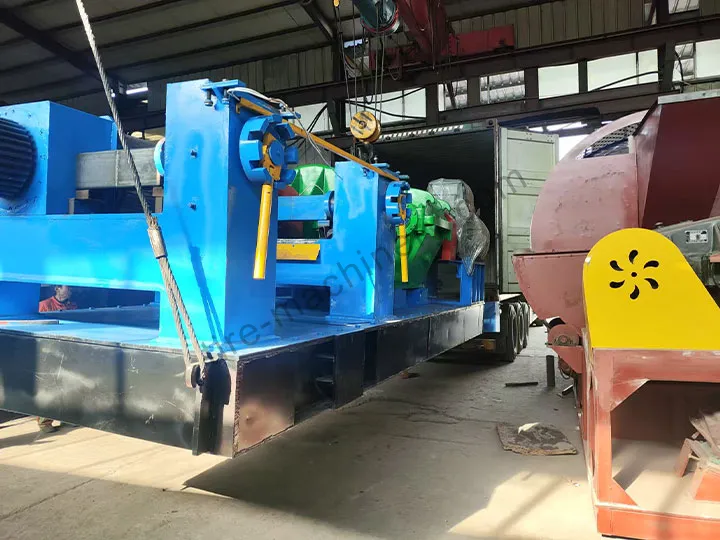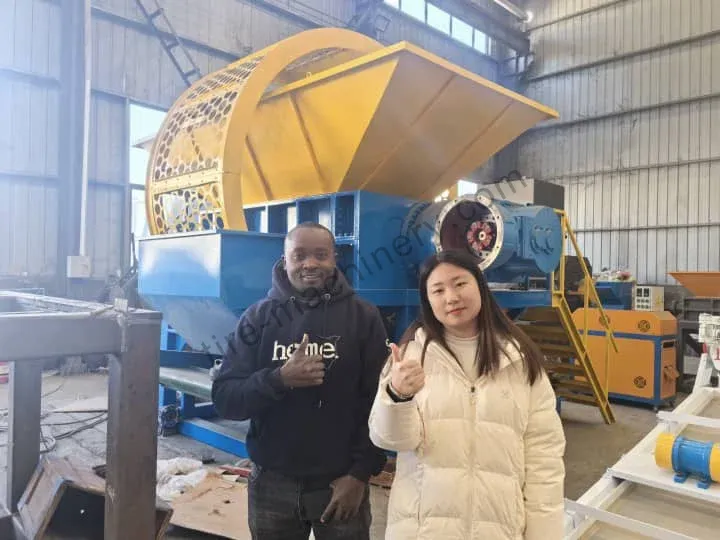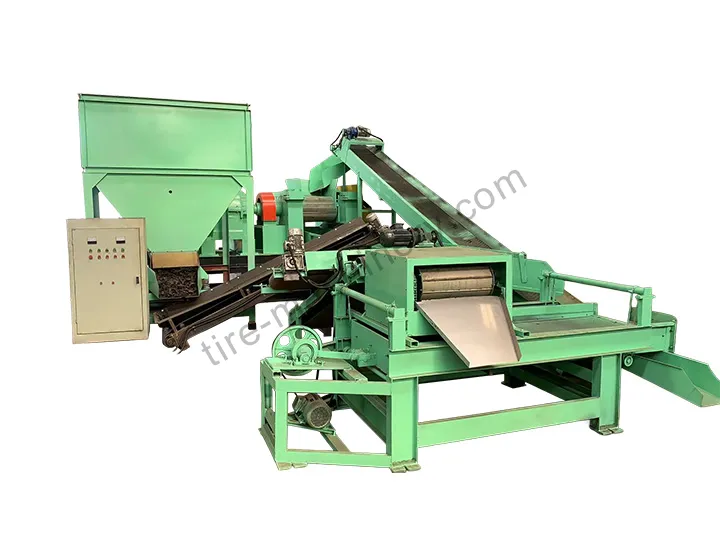Starting a Tire Recycling Business: Your Complete Guide
This comprehensive guide provides a strategic roadmap for entrepreneurs looking to enter the waste tire recycling industry. It details the five critical stages: conducting market research and creating a business plan; navigating legal regulations; selecting the right equipment and production line; analyzing startup costs and profitability; and establishing supply and sales chains. The article emphasizes key decision points, such as choosing between semi-automatic and fully-automatic systems, and highlights the factors that contribute to long-term success in this growing circular economy sector.
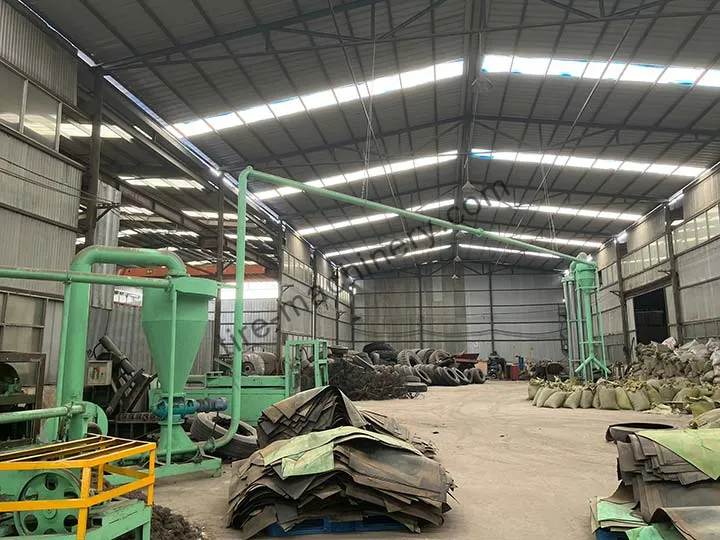
The world discards over a billion tires each year. While this presents a significant environmental challenge, it also creates a massive opportunity for forward-thinking entrepreneurs. Starting a tire recycling business is more than just a green initiative; it’s a strategic entry into the circular economy, transforming waste streams into valuable, in-demand commodities.
But where do you begin? This guide provides a clear, step-by-step framework, covering everything from initial planning to profitable operation.
Step 1: Market Research and Your Tire Recycling Business Plan
Before a single tire is processed, a solid foundation must be built. This starts with a comprehensive tire recycling business plan. Your goal here is to answer critical questions that will define your company’s strategy.
- Market Analysis: Who will buy your final products? Identify potential customers for crumb rubber (e.g., asphalt companies, playground surface manufacturers, sports turf producers) and for the steel byproduct. What are the current market prices?
- Competitive Landscape: Who are the other players in your region? Understanding their scale and focus will help you find your niche.
- Legal Structure: Define your business structure (e.g., LLC, Corporation). This will have legal and tax implications down the line.
A well-researched plan is the single most important document for securing funding and guiding your decisions.
Step 2: Navigating Legal and Environmental Regulations
The waste management sector is heavily regulated. To operate a successful tire recycling business, compliance is non-negotiable.
- Permits and Licenses: Research the specific permits required by your local, state, and national environmental agencies. This often includes waste processing licenses, air quality permits, and land use zoning approvals.
- Environmental Standards: Understand the regulations governing the storage of end-of-life tires (ELTs) and the disposal of any non-recyclable byproducts. Proper compliance protects the environment and your business from heavy fines.
Start this process early, as obtaining the necessary licenses for a tire recycling business can be time-consuming.
Step 3: Selecting the Right Tire Recycling Equipment
The machinery you choose is the heart of your operation. It directly determines your production capacity, product quality, and operational costs. The tire recycling process can be broken down into key stages, each requiring specific equipment.
A. Pre-Processing: Breaking Down the Tire
The first step is to deconstruct the whole tire into smaller, manageable pieces.
- Tire Debeader: This machine extracts the thick, high-tensile steel wire from the tire’s bead, a crucial first step for protecting downstream equipment.
- Tire Shredder: A primary shredder tears the entire tire into rough 50-150mm rubber blocks, significantly reducing its volume.
B. Grinding and Separation: Creating Value
This is where raw rubber blocks are refined into valuable products. The goal is to produce clean, uniform rubber powder while separating steel and fiber. This stage is critical, and the efficiency of your equipment here directly impacts your profitability. When evaluating options, look for robust and high-performance tire grinding machines that feature durable alloy rollers and energy-efficient designs to manage long-term operational costs.
C. Choosing Your Rowber Powder Production Line
Your choice between a semi-automatic and a fully-automatic line depends on your initial investment capacity and local labor costs.
- Semi-Automatic Line: Requires more manual labor for moving materials between machines. It’s a lower initial investment, ideal for startups or regions with lower labor costs.
- Fully-Automatic Line: Uses a system of conveyors and automated feeding systems to minimize manual handling. While the initial cost is higher, it significantly boosts efficiency and reduces long-term labor expenses.
Step 4: Financial Planning: Startup Costs and Profitability
Understanding the numbers is essential for success. Your tire recycling investment will consist of several key components.
Startup Costs Breakdown:
- Equipment: The largest single expense. This includes the entire production line.
- Land and Facility: A suitable site with proper zoning and infrastructure.
- Installation and Commissioning: Costs associated with setting up the machinery.
- Licenses and Permits: Fees for regulatory compliance.
- Working Capital: Funds for initial payroll, utilities, and raw material sourcing.
Revenue Streams and Profitability:
The profitability of tire recycling comes from multiple sources.
- Crumb Rubber/Powder: Your primary product, sold by weight. Prices vary based on mesh size and market demand.
- Scrap Steel: The separated steel wire has significant value and is sold to steel mills.
- Nylon Fiber: Can be sold as an aggregate or for specific industrial applications.
Your long-term profit is heavily influenced by your operational efficiency. Lowering energy consumption and minimizing maintenance downtime are key levers for maximizing your return on investment.
Step 5: Your Path Forward
Starting a tire recycling business is a challenging but highly rewarding venture. It places you at the forefront of the sustainable economy, turning a persistent waste problem into a profitable enterprise. By conducting thorough research, creating a detailed business plan, and investing in durable, efficient equipment, you can build a company that is both financially successful and environmentally responsible.
Ready to take the next step in your planning? Contact our specialists today to discuss equipment solutions tailored to your specific business goals and get a detailed quote.

